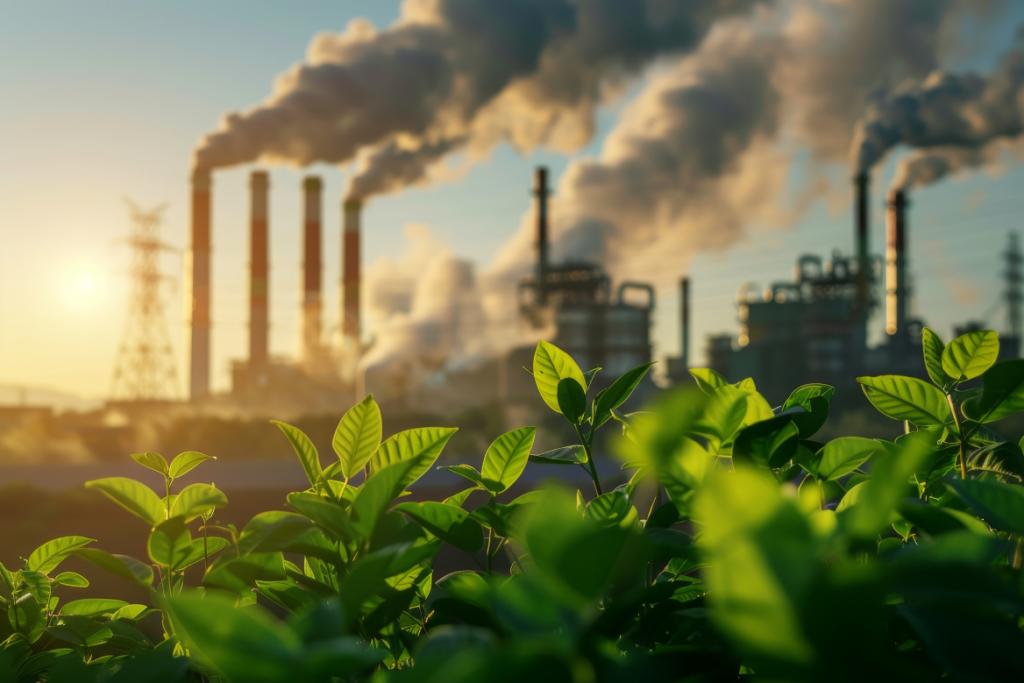

Want to share this article?
Converting Farm Methane Emissions into Clean Energy: How Renewable Natural Gas Transforms Agriculture and the Environment
Methane capture from farm waste is not just low-hanging fruit but essential to our clean energy future.
Key Points:
- Waste from large-animal farms is both a potent source of greenhouse gases and a source of pipeline-quality renewable natural gas.
- By capturing biomethane from this agricultural waste, we can reduce methane emissions, decrease production of fossil fuels, diversify income for farmers, and reduce air pollution.
- Utilizing renewable natural gas brings us closer to carbon neutrality with technology that is available today.
- Partnerships between industry and local and federal government are essential to ramping up this opportunity quickly.
_________________________________________________________________________
The Rising Danger of Methane
In our eagerness to minimize climate change and shift to greener energy sources, most of our group attention has been directed toward carbon dioxide emissions. But if we want to meaningfully slow climate change, more of our attention should be paid to reducing waste methane. A potent greenhouse gas (GHG), methane is 80 times as powerful at trapping heat as CO2 in its first 20 years in the atmosphere. But although it is one of nature’s most harmful greenhouse gases, methane from animal waste can—and should—also be viewed as one of humanity’s most renewable energy sources.
Why Capture Methane?
The good news is that methane produced from farm waste is no different from methane produced from fossil fuels. The biogas captured from the manure (known as biomethane) must be processed to concentrate the pure methane. Once the impurities have been removed, any form of renewable natural gas (RNG) is functionally indistinguishable from conventional natural gas.
According to the EPA’s Inventory of U.S. Greenhouse Gas Emissions and Sinks, decomposing waste from animals, landfills, and wastewater treatment accounts for 26% of all U.S. methane emissions. The inventory report also states that methane from farm waste has increased 68% since 1990. This increase stems from two related-but-distinct issues. Over time, large-scale cattle and hog farming (the two species whose waste emit the most methane) have concentrated in certain areas of the country and the number of animals kept on each facility have increased. At the same time, these farms have transitioned to liquid-based systems to manage and store manure, and these liquid systems produce higher methane emissions than dry systems.
Another advantage to converting farm methane to RNG is that the technology and infrastructure is proven and readily available. The RNG Coalition reports that the U.S. currently has 239 active anaerobic digesters, with more than 12,000 other projects noted as good candidates for waste digestion. On the processing side, North America already has 157 RNG production facilities, mostly in the United States, with 76 more under construction and plans for another 79 in process. European confidence in RNG is even higher and its related infrastructure larger, with 729 active biomethane production facilities, a 51% increase since 2018.
But the bottom-line facts are these: The estimated U.S. inventory of cattle in early 2021 was 93.6 million head of cattle and 74.8 million hogs and pigs, a clearly renewable source. Given methane’s potency as a greenhouse gas and potential as a fuel source, the capture of methane from farm waste is an opportunity for a (relatively) easy and fast win in our bid to decrease carbon emissions.
The Abundant Benefits of RNG
The benefits from the capture of farm waste methane are extensive. On the environmental tally board, RNG scores highly on two fronts: the removal of methane gas from an existing emissions source and the offsetting of the production and use of fossil fuels. Admittedly, it’s not a perfect solution to a zero-carbon energy future, since burning RNG produces the same amount of waste carbon dioxide as conventional natural gas. But it’s also crucial to recognize that all forms of natural gas burn vastly cleaner than coal or oil, producing 45% and 30% less CO2, respectively. When the entire life cycle of producing and consuming renewable gas from farm waste is considered, RNG is a carbon-neutral (if not carbon-negative) fuel source.
In addition to its purely environmental virtues, methane capture benefits farmers and farming communities in many different ways. The biomethane produced from on-site anaerobic digestion can be either a source of fuel for the farmer or an independent revenue stream if the biomethane is sold to a third party. Also, a “fringe benefit” of manure digestion is that the digestion process that captures the waste methane also converts the nutrients in the waste to a more accessible form, creating a higher-quality fertilizer than unprocessed manure. In addition, other by-products of digested waste can be used on-site or sold as animal bedding and other products (see image below). And as a combo perk (environmental + farming), manure digesters also lower the pathogen risks to crops and animals and decrease run-off pollution to nearby waterways, which is good for everyone. Last but definitely not least, digested manure is largely odorless, which is a significant health and quality-of-life benefit for both large-scale animal farmers and their communities.

The anaerobic digestion of manure to capture waste methane produces a bounty of additional useful goods while reducing our carbon footprint. (Source: epa.gov)
RNG boasts revenue benefits to farming communities as well. Increased capture and use of RNG opens up job opportunities to construct and maintain the digesters, as well as supporting other ventures, such as agro-tourism and investment cooperatives, that can boost local (and often struggling) rural economies.
As a nation, modernizing our grid to incorporate other types of renewable energy promises a more efficient, reliable, and resilient energy future. But building that future will take time. Because RNG can be injected into our already-existing pipelines, we can use it right away to leverage our current energy infrastructure and lower our carbon footprint while we continue the process of piecing other renewables into the grid.
Accelerating RNG Market Growth Through Partnerships and Carbon Capture Incentives
If we want to move more quickly toward a clean energy future, we must also acknowledge the costs of change. Although carbon capture is undoubtedly the right thing to do, it isn’t free. The energy and agricultural industries are mostly public and family-owned companies that need to account for their bottom line and cannot afford to fund this group project on their own. Instead, we need partnerships between government, agriculture, and the energy industry in the form of tax credits and subsidies to bring additional digesters and processing facilities online quickly. California’s low-carbon fuel standard (LCFS) and the federal renewable fuel standard (RFS/RIN program) currently provide some financial incentives for RNG, but more incentives are needed to accelerate the emissions train successfully around the bend of climate change. Another example is Section 45Q of the U.S. Tax Code, which addresses the capture and disposal of carbon dioxide and can be used as a model to help incentivize industry to capture methane through tax liability offsets.
On the state and regional level, procurement programs for natural gas utilities would also help lay the tracks to new markets. And additional transportation credit programs or incentives for thermal and power load would provide RNG developers the confidence they need to build more projects.
Energy businesses can be influential in driving this market space as well. Several pipeline infrastructure and energy companies, such as Shell, Williams, Kinder Morgan, Enbridge, and DTE Energy, are already committed to procuring and providing low-carbon fuels and encouraging their providers to offer a greater percentage of sustainable energy. Increases in these target RNG values would encourage the waste RNG market to develop to its full potential.
Closer to the consumer, utilities and other business-to-consumer (B2C) businesses can leverage the perceived value of RNG over fossil fuels, giving green-minded consumers the option to choose RNG to lower their environmental impact. Similar subscription programs that offer consumers the ability to pay a surcharge to offset their fuel consumption with renewable resources have been well received. For example, in 2019 Xcel Energy reported having 200,000 customers in its renewable choice programs.
We may someday reach a point where we can meet our energy demand with clean alternative renewable fuel sources, but that is still a distant point on our energy horizon. While we absolutely should continue to research and develop zero-carbon energy sources to fuel our modern needs, we also need to recognize and implement those technologies that are available today. Farm-waste-derived RNG will lower some of our most harmful greenhouse gas emissions, produce clean energy sources, and provide new income for family farmers to protect the environment and combat climate change.
About the Author: Dave Beck

Dave Beck is a Managing Partner at Audubon Companies. He has over 20 years of executive management and business development experience in power generation, alternative renewable fuels, carbon capture & sequestration, oil & gas processing, and LNG. With expertise in international and domestic operations, Dave leads the company’s energy initiatives. He earned dual Bachelor of Science degrees in Chemical Engineering and Biochemistry from Texas Tech University.
Connect with Dave LinkedIn
About the author













